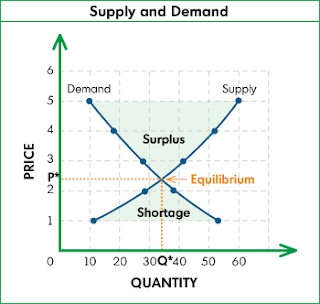Microeconomics Could Serve You Well

Well, it looks like many small towns and communities throughout the United States now take bull by the horns, and work with associations of local economic development, city analysts, and trading rooms. They want to get their economy cooking again, and they are tired sigh and moan, and complain about the global economic downturn, the price of real estat, and all the "For Rent signs" in the center of the shopping-center business is no longer in LB. City government know they need the tax receipt to those small businesses want less regulation, and those who wish to work openly. But before you go and join one of the organizations or start installing two cents, I believe you need to know a little about the micro economy. Now, you may be able to go online, or go to the bookstore and take a book on the topic. However, if you really want to learn the basic principles of micro economics, I suggest you read some of the older text books until you have a good working knowledge base. I rea...


